Fintry Past
Early Fintry
People have lived in this Fintry valley for thousands of years. The earliest signs of settlement might be at the Bronze age, up to 4,000 years ago. A cairn at Todholes, standing stones at Waterhead hidden deep in the woods and hut circles all are evidence of early Fintry folk.
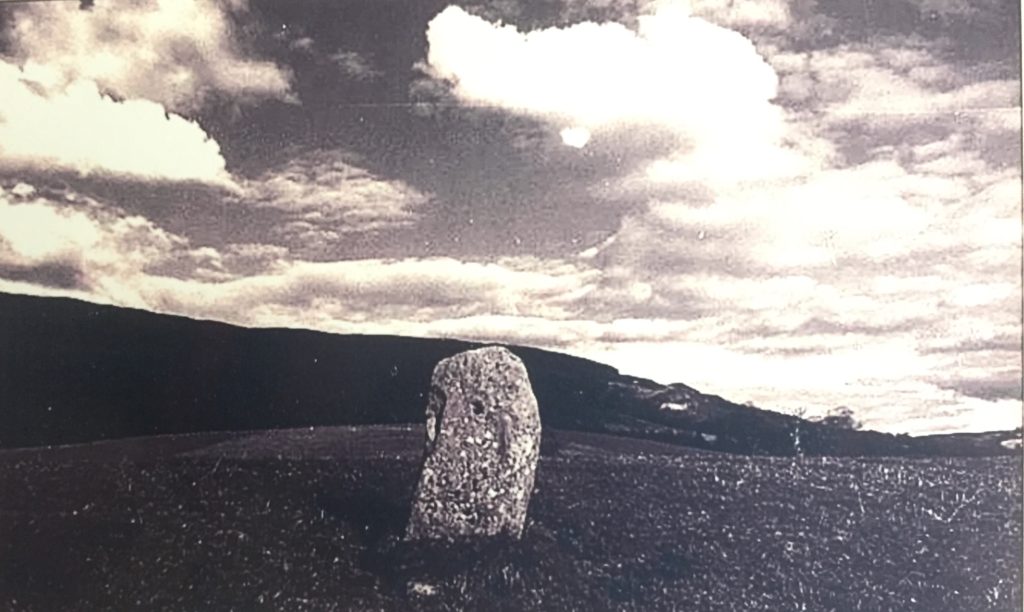
Carron Valley and Endrick
A drought across the whole of Britain in 1933-34 caused huge alarm. There was 70% less rainfall. Permission was given to raise the safe yield of water from 5.25 million gallons per day to 17.5 million gallons, in the Falkirk and Stirling areas. This required building the largest artificial impounding reservoir of its time in Britain: The Carron Valley Reservoir.

Culcreuch Castle
Culcreuch Castle dates back to 1296, when it was built by Maurice Galbraith. Parts of its present building date from the 13th century. Around 1320 Maurice Galbraith began the Galbraith family connection at Culcreuch and so it has been known as the Clan Galbraith Family Seat ever since.
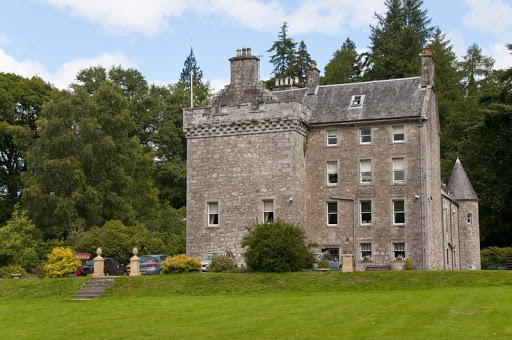
Six Castles
The castles named here may not all technically lie within today’s parish or electoral boundary, but in earlier centuries these boundaries and estates have moved many times and so Fintry can lay claim to and take pride in them all.
They are: Dunbeg Motte, Culcreuch Castle, Fintry Castle, Sir John de Graham’s Castle, Balgair Castle, Balglass Castle.

Culcreuch Estates
Over hundreds of years, whoever was the Laird of Culcreuch was also owner and landlord of a large swathe of farms in the Endrick valley. On 19th October 1922 it was all auctioned off in The Albert Hall, Stirling, following the death of Sir Walter Menzies MP.

Sports, Fairs, Windfarms
Find out about the one of the largest ancient fairs in Scotland. Who are Fintry DevelopmentTrust? When did the Sports Club start? The opening of Fintry Outdoor Bowling.
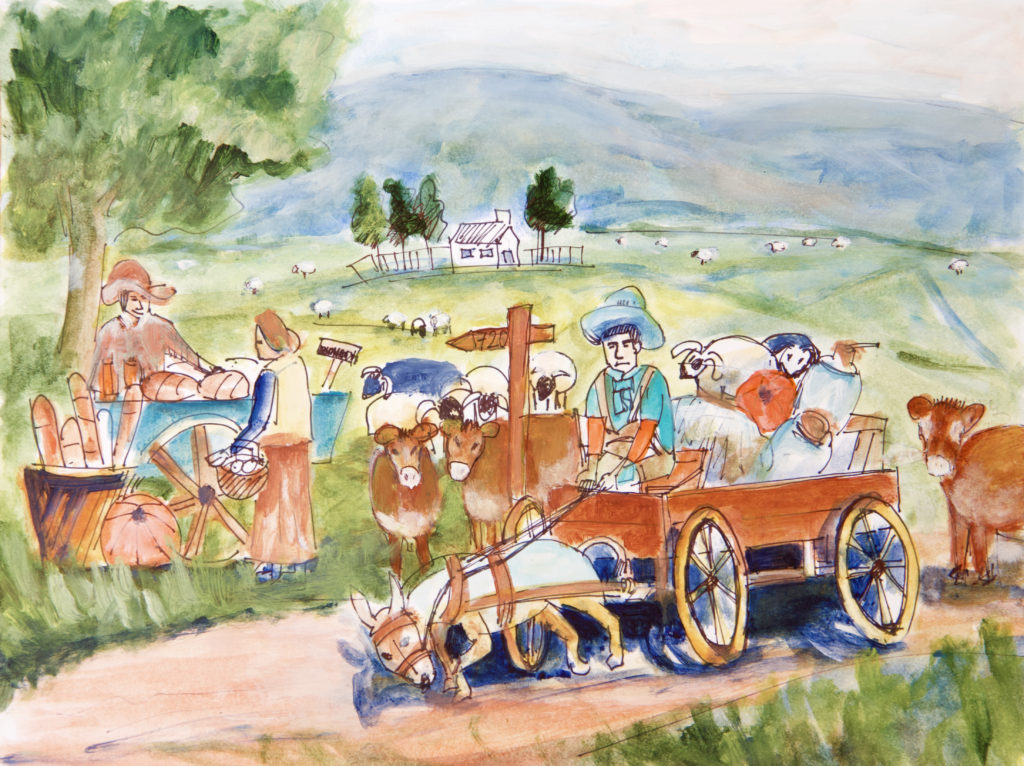
Fintry Kirk
Without a doubt, it is the Church that created our original true community. But the one sure thing we can claim is that the formal unifier of this valley will be the Kirk. People have been gathering to worship on the site of the present church for over 800 years!

Schools
Astonishingly there were 6 different schools in the area over the centuries, including a Girls’ School opposite the Menzies Hall.

Fintry Cotton Mill
The original Fintry village was around the Church area or Clachan of Fintry. Fintry was formed where it is today as the Newton (or new town) of Fintry, when the mill arrived.
Alexander Spiers bought Culcreuch castle for £15,000 in 1769 and gave it to his son, Peter, who began the plan to build a new Fintry.
Between 1770 and 1800 Spiers invested in huge changes for Fintry. The spinning and weaving mill was erected.

Inns, Shops, Leisure, Population
A remarkable youth hostel now long gone, a 9 hole golf course also with no trace, the population boom that fizzled out, disappearing pubs and shops all tell the tale of Fintry now completely changed.

The Edmond Family
There have been Edmonds going back for over 500 years in Fintry. A will for Patrick Edmond, of Netherglinns is stored in the Mormon Salt Lake City archives. It is dated 1548 and Patrick was most likely Fintry born in the 1400s.
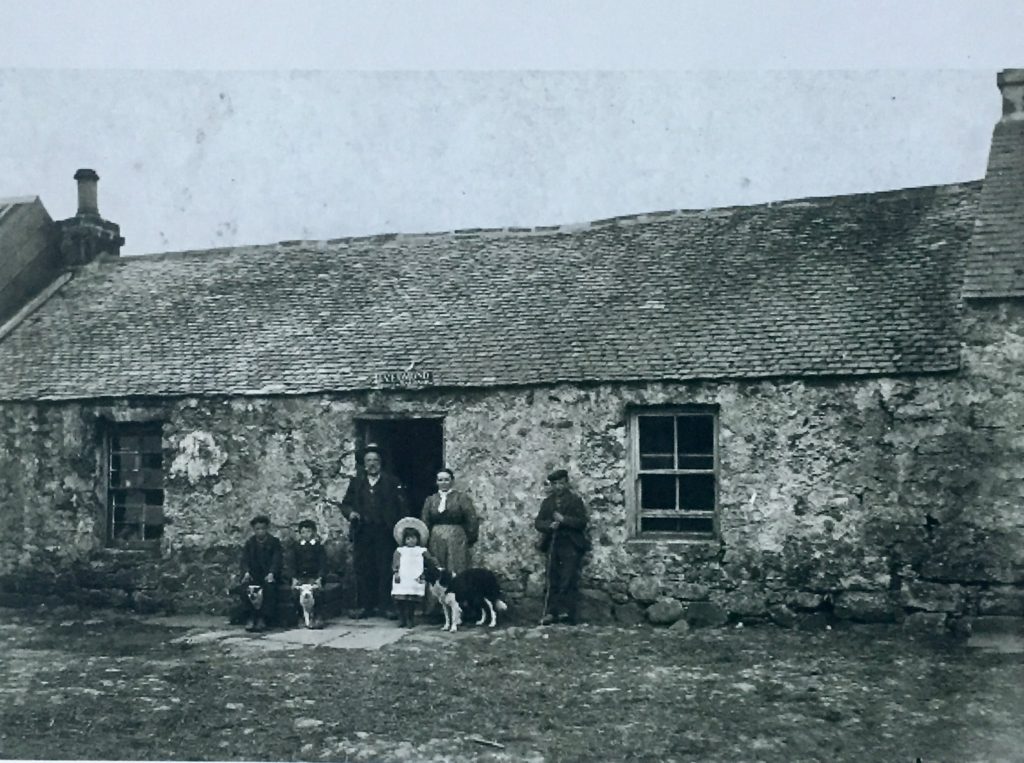
Hugh Edmond MBE
Hugh Edmond is a founder member and Treasurer of Fintry Museum Society, and the Fintry Museum is named the Edmond Gallery in tribute to him.
Hugh has been a Fintry lad all his days and is the last in his family still living here after over 500 years of a continuous Fintry family line. There is no other known Fintronian, present nor ever in the past, who can make the same claim.

Fintry Roll of Honour
When the Great War broke out on 4th August 1914 the population of Fintry was 280. Over the next four years 56 men and boys from the community volunteered. Forty-four survived – but twelve did not return to Fintry.

Famous People
Lots more when you click, but 6 from the top left clockwise are: John Napier, Jimmy Logan, Tom Johnston MP, Right Hon Julian Smith MP, Sir Daniel Macnee, David Bowie.
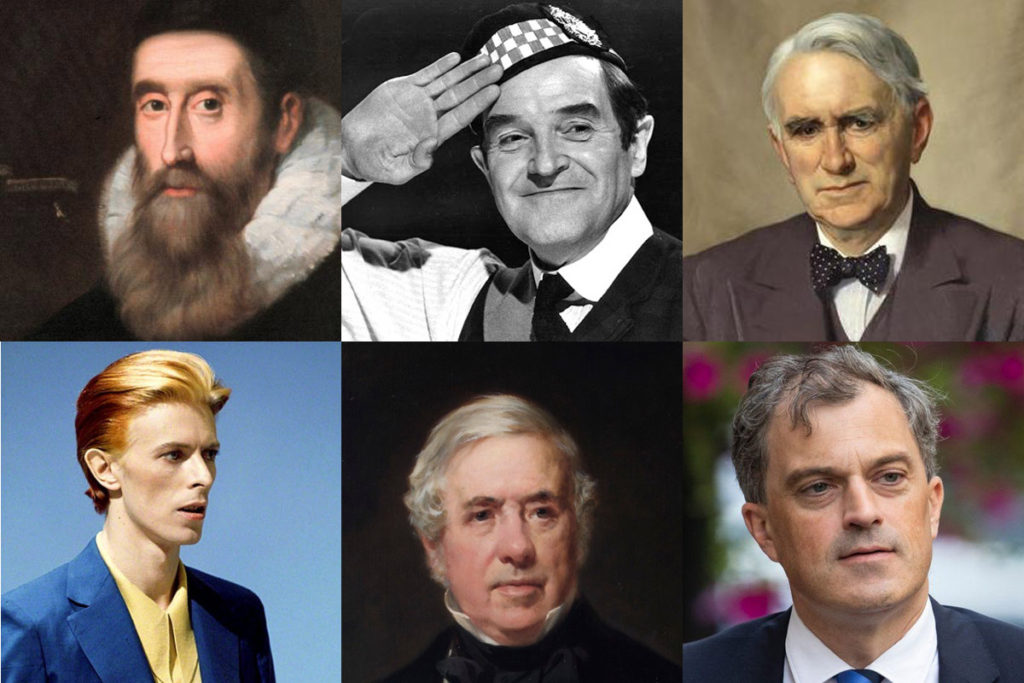
Fintry Clubs Societies Groups
This is not an exhaustive list! It simply shows the diversity of activities over the years.

